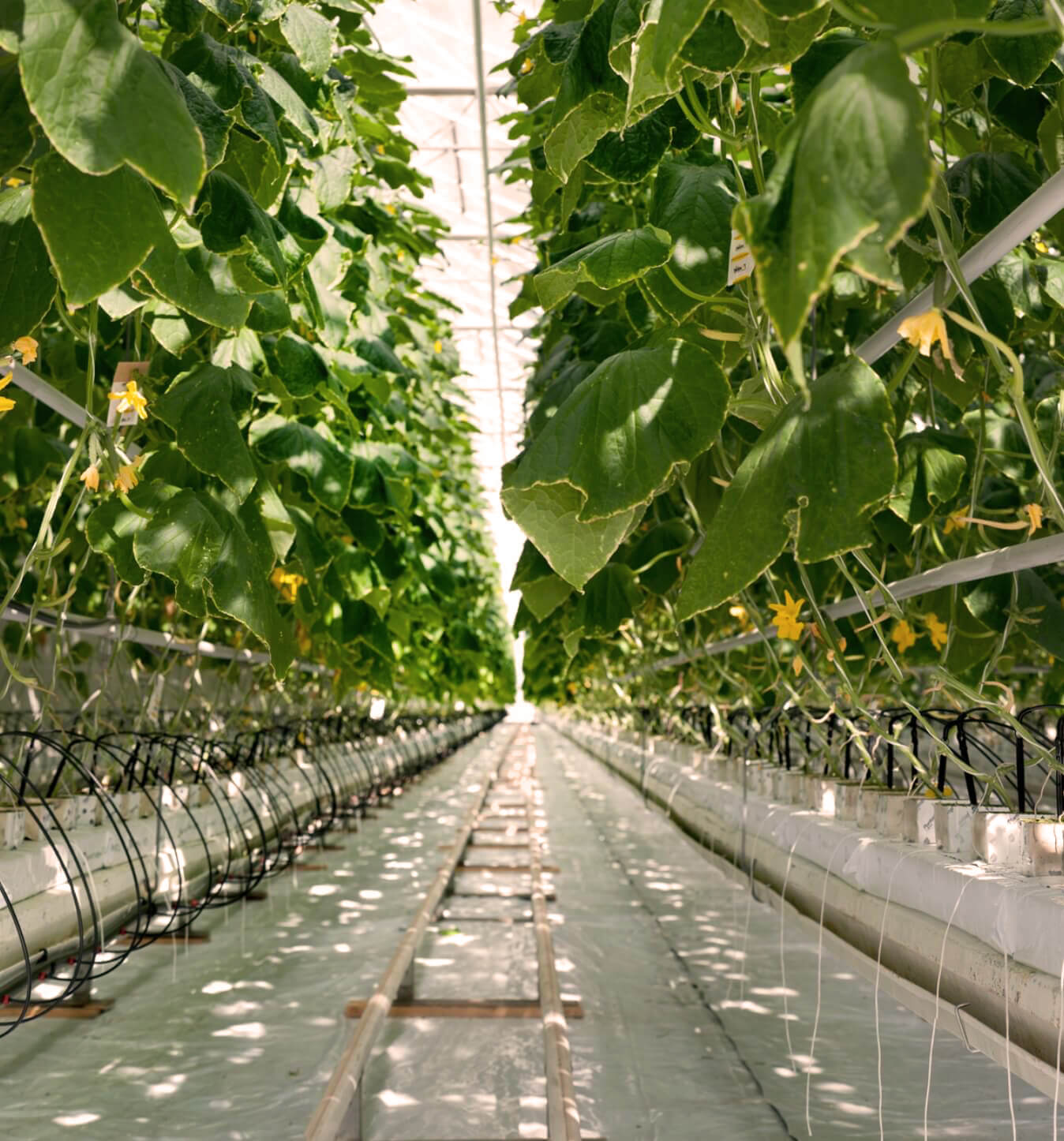In recent years, the concept of a circular economy has gained traction across various industries as a sustainable alternative to the traditional linear economic model of “take, make, dispose.” Agriculture, as one of the most resource-intensive sectors, stands at the forefront of this paradigm shift. The circular economy model in agriculture emphasizes the efficient use of resources, the reduction of waste, and the regeneration of natural systems, aiming to create a more sustainable, resilient, and productive food system.
Circular Economy in Agriculture: A Sustainable Paradigm
The circular economy model in agriculture seeks to close the loop of resource use and waste generation by integrating processes that reuse, recycle, and regenerate resources. This approach not only minimizes environmental impact but also enhances the resilience of agricultural systems against climate change, resource scarcity, and biodiversity loss. Key practices include recycling agricultural waste into bioenergy or organic fertilizers, implementing regenerative agricultural practices that improve soil health, and adopting precision farming techniques to optimize resource use.
Azogen: A Beacon of Circular Innovation
Azogen, developed by Solugen Global, exemplifies the application of circular economy principles in agriculture. This innovative product is derived from a thermal technology process that treats agricultural effluents to recover valuable components: pure water and natural fertilizers. Azogen represents a significant leap in addressing the environmental challenges posed by manure management, traditionally associated with greenhouse gas emissions and nutrient runoff.
By transforming agricultural waste into a valuable input, Azogen not only reduces the reliance on synthetic fertilizers, which are often associated with energy-intensive production processes and adverse environmental effects but also contributes to water conservation through the recovery of pure water. This dual benefit aligns perfectly with the circular economy’s goals of resource efficiency and waste reduction, showcasing how innovative solutions can turn agricultural by-products into assets.
The Impact of Azogen on Sustainable Farming
Azogen’s role in promoting circular economy practices in agriculture extends beyond its immediate benefits. By providing a sustainable source of nitrogen through the recycling of manure, Azogen helps in maintaining soil health and fertility, crucial for long-term agricultural productivity. Moreover, the recovery of pure water from agricultural effluents presents an opportunity to address water scarcity challenges, particularly in arid regions or areas facing water management issues.
Furthermore, Azogen’s adoption can lead to a reduction in the environmental footprint of farming practices, contributing to the mitigation of climate change impacts and the preservation of ecosystems. This aligns with the broader objectives of the circular economy in agriculture, which aims to create a more harmonious relationship between farming activities and the natural environment.
Towards a Circular Future in Agriculture
The integration of products like Azogen into agricultural practices signifies a step towards a more circular and sustainable future in farming. It highlights the potential of innovative technologies and approaches to address environmental challenges while enhancing productivity and sustainability.
As the agricultural sector continues to evolve, the principles of the circular economy offer a roadmap for transforming traditional practices into more sustainable, efficient, and resilient systems. By embracing solutions like Azogen, the agriculture industry can contribute to a more sustainable world, where resources are valued, and natural systems are regenerated for future generations.
In conclusion, Azogen stands as a testament to the transformative potential of circular economy principles in agriculture. Its innovative approach to resource recovery and waste reduction exemplifies how the sector can move towards more sustainable practices, ensuring food security and environmental conservation for years to come.
